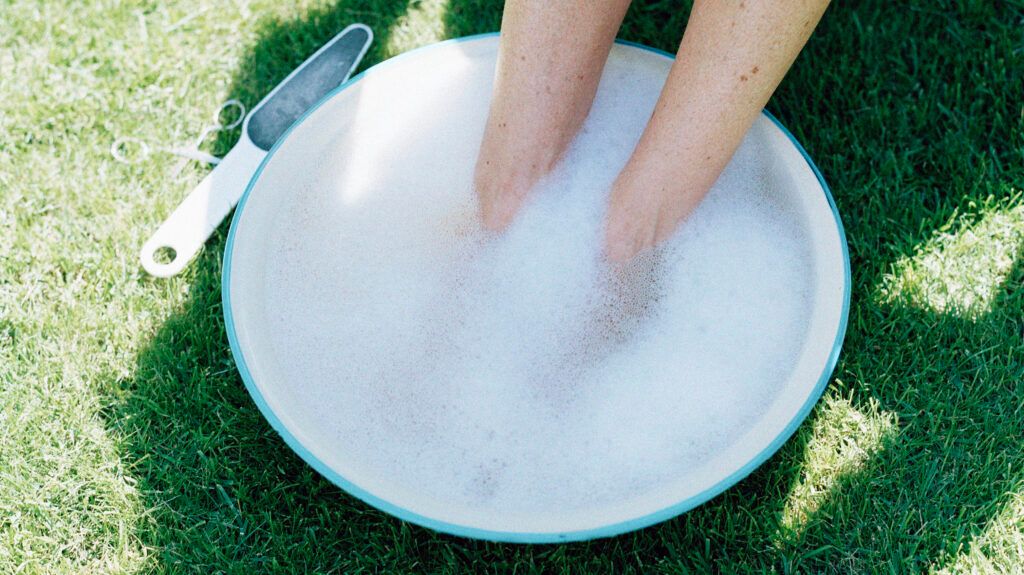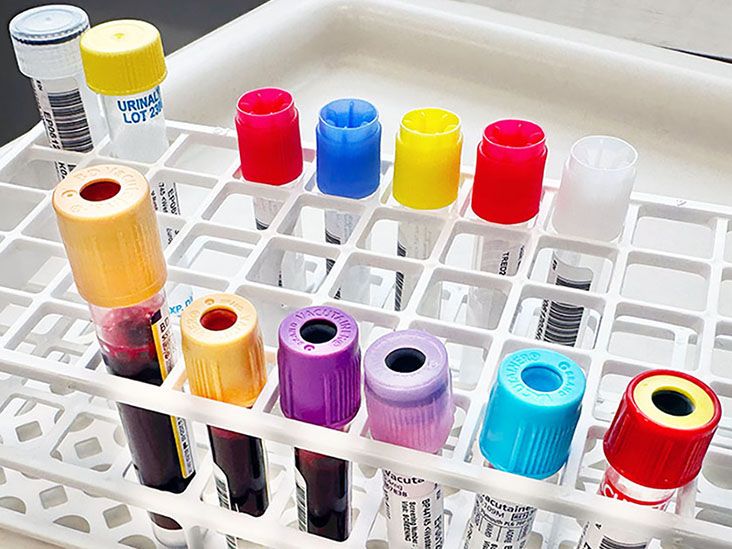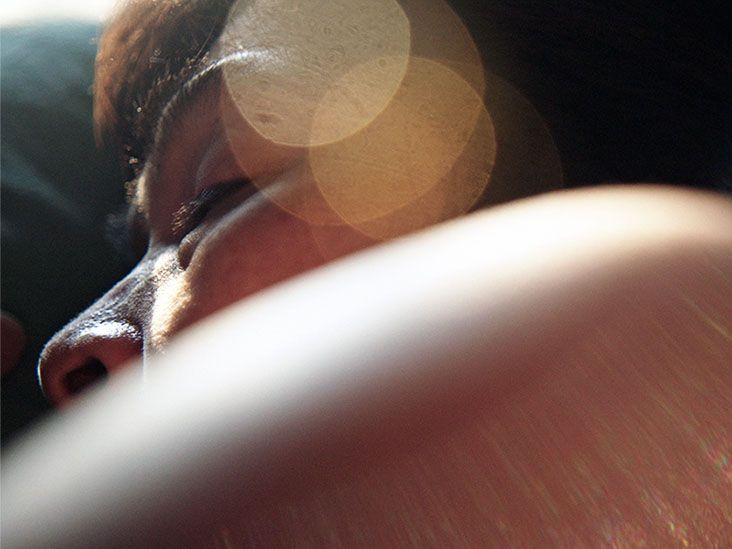Various home remedies can help reduce the appearance and discomfort of calluses, including warm water with Epsom salts, using a file or pumice stone, and applying exfoliating creams.
Calluses are hard, thick areas of skin that may be uncomfortable. Excessive pressure or rubbing can cause them to develop on almost any area of skin. Common locations for calluses include the feet, the fingertips, and the palms of the hands.
A person may be able to get rid of unwanted calluses at home. While it may take time and patience, regular exfoliation and moisturizing can help.
People should avoid using sharp objects to remove or reduce a callus. This can injure the skin and lead to bleeding and even infection.

Epsom salts have
People can add a handful of Epsom salts to a bath or basin of warm water and soak the affected skin for 10 minutes.
A person can buy Epsom salts from most pharmacies or online.
Pumice stones are light, porous stones that people can use to exfoliate dead skin and calluses.
These stones may work best after a person has softened the skin. An easy way to do this is to soak the callused area in warm water for 10 minutes before using the stone.
Once the skin softens, use gentle circular or side-to-side motions with the pumice stone to remove dead skin cells. A person may need to exfoliate for several days in a row to get the results they desire.
Pumice stones are available in most drugstores or online.
A foot file is another tool for exfoliation. A file usually has a metal grate and a rubber or plastic handle.
As with pumice stones, it may help to soften the callused skin in warm water before using the file. People can use foot files while in the bath or shower.
After filing down the callus, a moisturizer can help keep the skin soft.
Most pharmacies stock foot files, and many are available to purchase online.
Instead of manually exfoliating the skin, a person may choose to remove dead skin cells with exfoliating creams or lotions.
Products that work on calluses may contain ingredients such as glycolic acid, urea, or ammonium lactate.
The exact instructions may vary depending on the product, so people should follow the instructions on the pack. For example, one callus removal pack recommends using the product for 3 to 7 days.
Over time, the skin may soften, and the calluses may become less noticeable.
Many exfoliating creams marketed as callus treatments are available to purchase from drugstores, as well as online. However, people may need to check the ingredients label first and patch test the product on their skin.
A physician, pharmacist, or podiatrist may also be able to recommend a suitable cream or lotion.
A baking soda paste may be a suitable alternative to commercial exfoliating creams.
To prepare it, mix two tablespoons of water with enough baking soda to form a paste, then add a few drops of lime juice.
Apply the paste to callused areas and cover them with socks, gloves, or a gauze bandage.
Baking soda paste may also be a suitable remedy for other skin conditions or symptoms, such as itchy skin due to eczema.
Try applying heavy moisturizing creams or petroleum jelly, such as Vaseline, to callused areas and leaving it on overnight. This may help soften the calluses and prevent the skin from drying out.
Wearing cotton gloves or socks after moisturizing can also help protect the area and lock in moisture while sleeping.
A range of petroleum jelly products are available to purchase online.
Reducing the friction or pressure responsible for the callus can encourage the area to heal.
Callus pads are a type of cushioned bandage that can protect or prevent calluses. They come in various sizes and shapes, and many aim to work for the feet.
If the callused area is on a person’s hands, wearing protective or padded gloves may also help protect calluses and allow them to heal over time.
A person can purchase callus pads from most pharmacies or online.
It is common for people to develop a callus because their shoes do not fit properly. Shoes that are too small or do not fit correctly may rub against the feet, leading to a callus.
People can speak with staff at shoe stores or measure their feet at home to check whether their shoes fit correctly. If a callus is due to ill-fitting footwear, getting new shoes may help to relieve the friction and encourage healing.
Wide, comfortable shoes with a low heel may be the most suitable.
If a person’s toenails are too long, they may experience friction that leads to a callus. Long toenails may also cause a person’s toes not to sit properly in their shoes.
Keeping the toenails trim and neat may help to prevent calluses. If a callus is due to friction caused by toenail length, trimming the toenails may help the callus to heal.
Calluses result from excessive pressure or friction on the skin. Taking steps to address the underlying cause can help reduce the chances of calluses returning.
Ways to prevent calluses may include:
- washing the feet with soap and water every day, drying them thoroughly, and applying a moisturizing cream
- wearing shoes that fit properly
- using gel pads or foam inserts in the shoes to prevent excess pressure on the skin
- wearing protective gloves when performing activities that can lead to calluses, such as:
- gardening
- using tools
- lifting heavy objects
- riding a bicycle
Avoid shoes with a tight toe box or that rub against the feet uncomfortably.
The United Kingdom’s National Health Service recommends that people speak with a doctor if a callus does not improve with home remedies after 3 weeks or if they have any of the following:
- diabetes
- heart disease
- circulation problems
- bleeding, pus, or discharge
- severe pain
It may also be a good idea for anyone with recurring or persistent calluses to consider speaking to a doctor or podiatrist.
Calluses result from excessive friction or pressure on certain areas of the skin. They can be uncomfortable and inconvenient but are rarely a cause for concern.
A number of simple home remedies can help get rid of calluses, including treatments that soften or exfoliate the skin. Preventive measures, such as wearing comfortable shoes and protective gloves, can help reduce the chances of developing calluses.
People should never try to cut off a callus. Anyone with severe or persistent calluses may wish to consult a physician or podiatrist.


